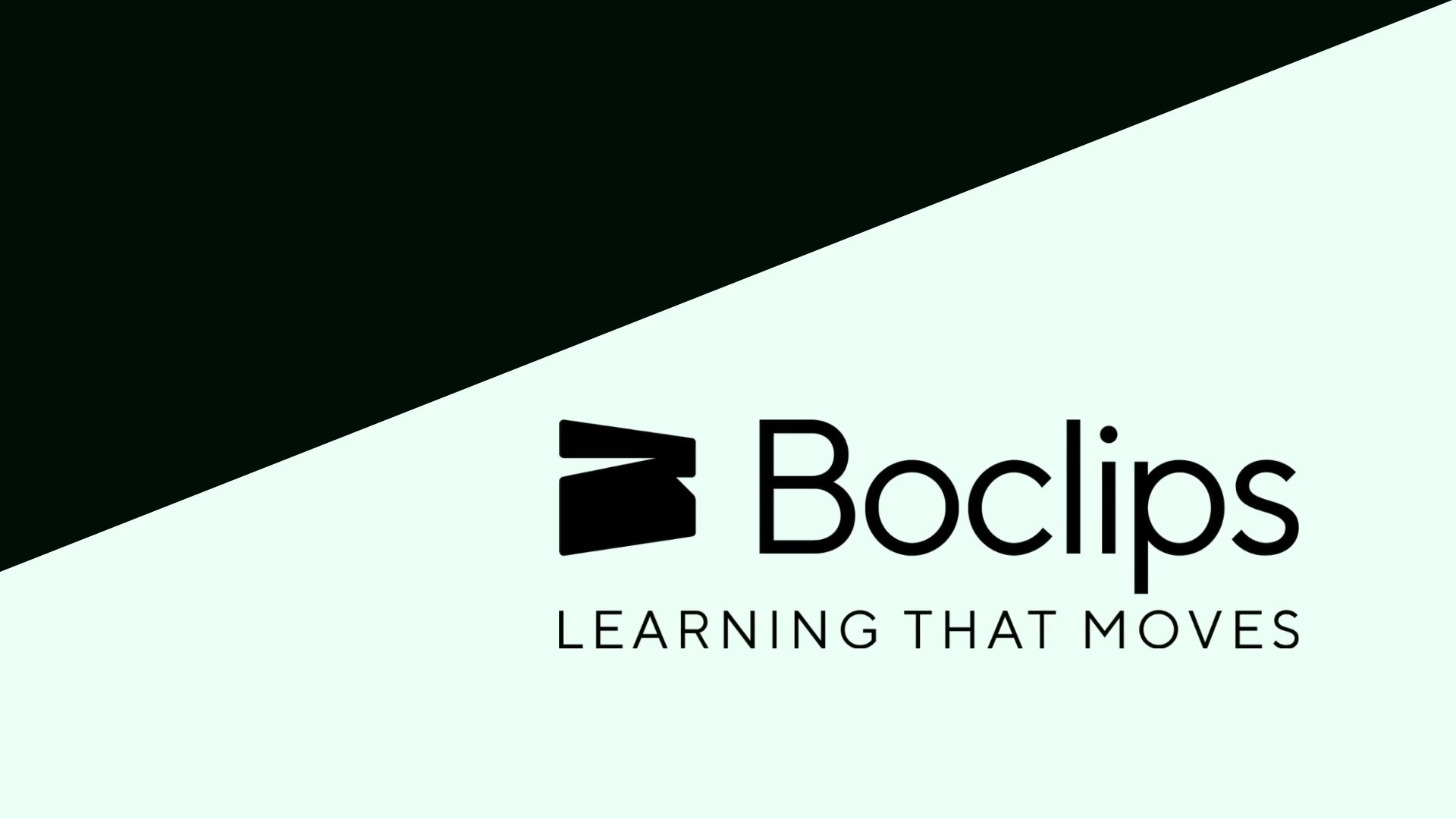Idaho video network expands educational opportunities
In the state of Idaho, three metropolitan areas enjoy the technological amenities that most of us consider integral to everyday life. But 90% of the state is rural and mountainous, with little or no high-speed Internet access — creating a disparity in educational opportunities for students who lack access to modern learning tools.
To address this situation, the state legislature created the Idaho Education Network (IEN), mandating an increase in bandwidth capability for all schools, a state-coordinated E-Rate application process and the implementation of video conferencing systems in every high school. Such an initiative would not only benefit schools, but would also provide opportunities for entire communities in the areas of professional development and workforce training.
In 2009, when the IEN received funding, the state selected a group of organizations to form a consortium to provide the necessary bandwidth, negotiate with telecommunications vendors, install fiber and assist with consolidated E-Rate applications.
IEN Technical Director Brady Kraft decided that working with a single manufacturer would provide the greatest purchasing power and result in better technical support. After investigating the experience of similar states such as Wyoming and Utah, Kraft and his colleagues were impressed by the track record of Tandberg in those states.
The IEN began installing the Tandberg equipment in the summer of 2009 and within the first six months, had 56 schools connected. All 200 schools will be connected by 2012 or sooner. Content providers include higher education institutions, as well as both rural and urban high schools.
“Standardizing on Tandberg has been a very good decision for us,” remarks Kraft. “They are a great business partner in this whole process, especially with their support for standards-based video conferencing.”
With the EIN operating, students no longer have to travel to attend classes such as Latin III or calculus II. Instead, they take the classes in their own schools, via video conferencing.
Tools and ideas to transform education. Sign up below.
“Like most states, we have a real shortage of math and science teachers,” says Kraft. ”It’s also difficult for most school districts to have more than one foreign language teacher. The IEN allows us to create equality between the haves and the have-nots.”
The IEN is also able to facilitate emergency services (fire, law enforcement, EMT), economic development, teacher professional development, virtual tours, content collaboration and other training, as it is requested by the community.
“The IEN is a consumer-centric network,” comments Kraft. “The communities make education consumption decisions — not the content providers. The communities can go anywhere they want for content because of our open network model.”
